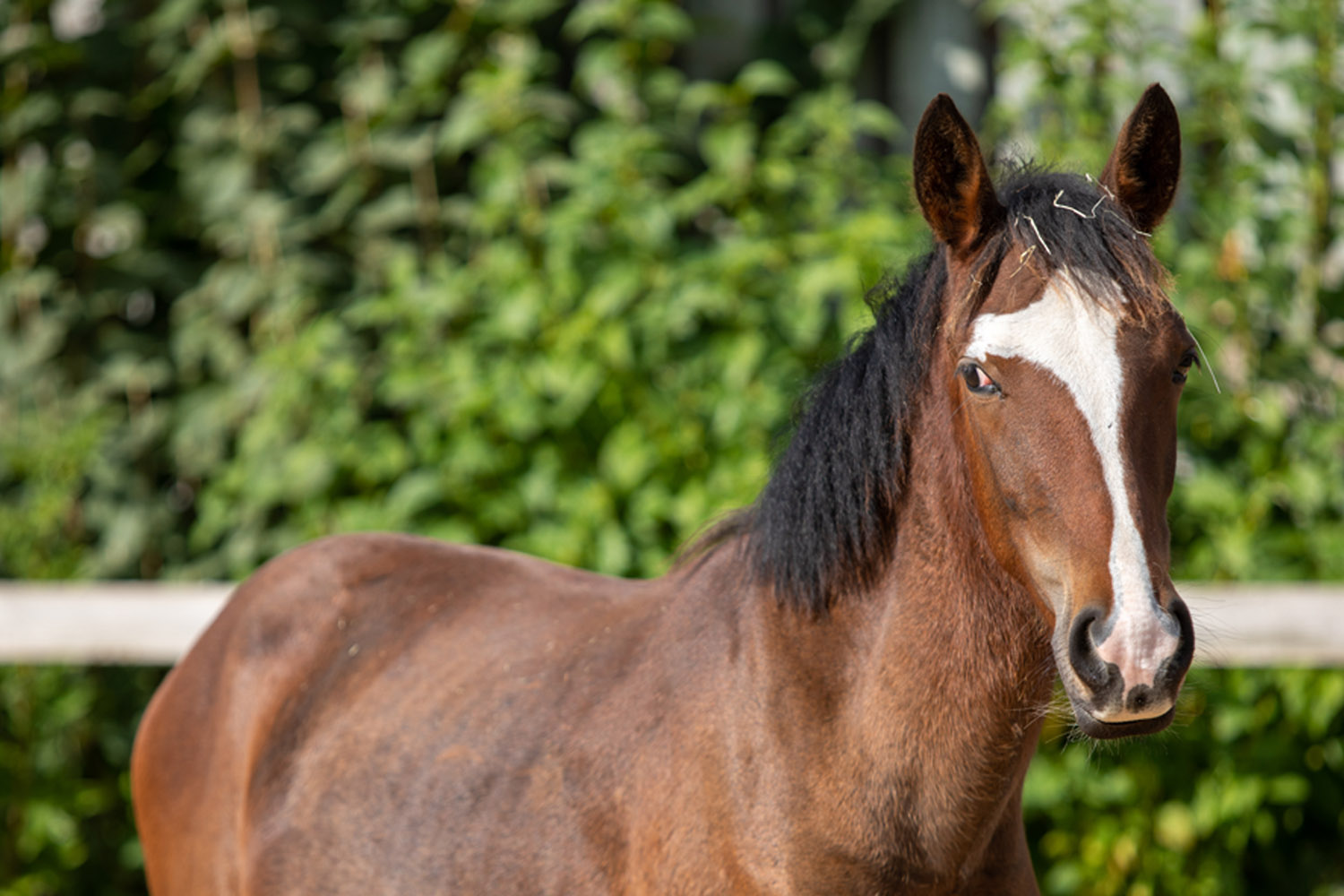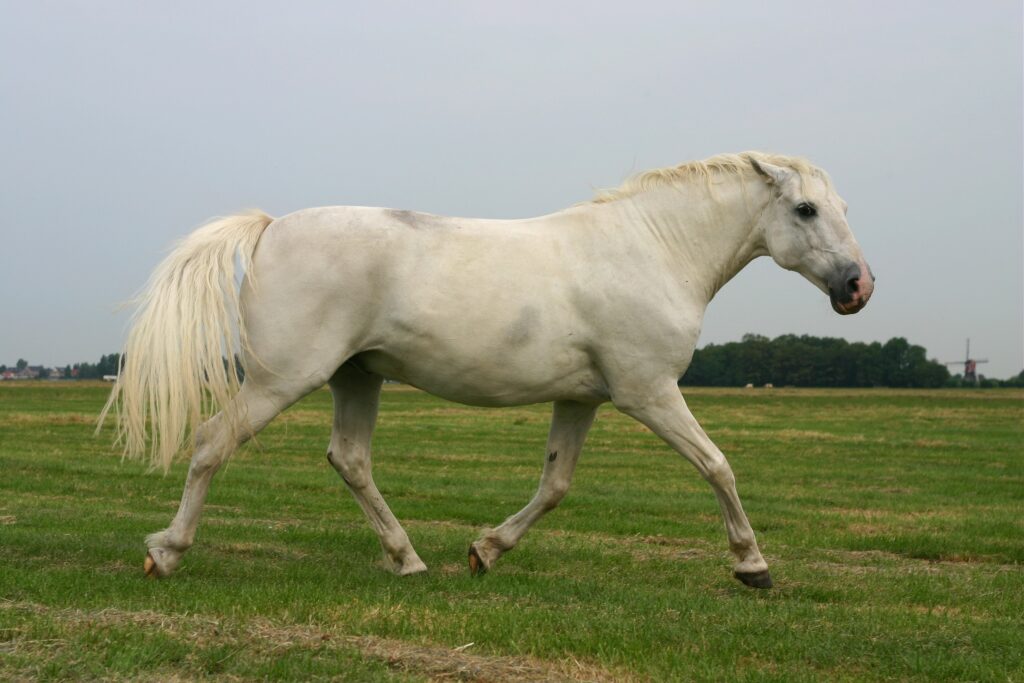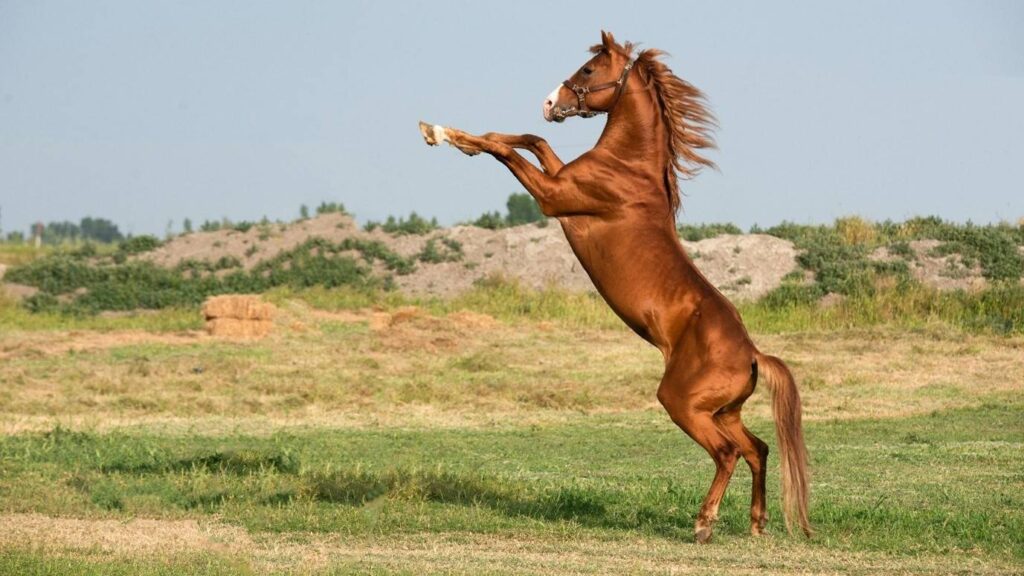Western saddle pads are essential for ensuring a comfortable ride for both horse and rider. Keeping them clean is vital not only for the health of your horse but also for the longevity of the pads. In this article, we’ll explore how to wash western saddle pads effectively and delve into tips for maintaining them properly.

1. Understanding the Importance of Clean Saddle Pads
Regularly cleaning your saddle pads prevents skin irritation and sores on your horse. Dirty pads can accumulate sweat, debris, and bacteria, which could lead to discomfort and potential health issues.
2. Signs Your Saddle Pad Needs Cleaning
Notice any strange odors, excessive hair, or visible dirt? These are clear indicators your saddle pad needs thorough cleaning.
3. Types of Western Saddle Pads
Before we dive into washing techniques, it’s essential to know the type of saddle pad you own, as different materials may require specific care. Common types include wool, felt, and synthetic pads.
4. Preparing Your Saddle Pad for Washing
Remove excess hair and dirt by brushing the pad. This step helps prevent clogging your washer if using one, and makes the cleaning process more effective.
5. How to Wash Western Saddle Pads by Hand
Hand washing is suitable for most pads, especially delicate materials. Fill a tub with water and a mild detergent, then gently scrub the pad with a soft brush. Rinse thoroughly.
6. Machine Washing Saddle Pads
If your pad’s care instructions allow machine washing, use a gentle cycle with cold water. Avoid harsh detergents and fabric softeners, which can damage the pad materials.
7. Drying Your Saddle Pads
Always air dry saddle pads. Machine drying can shrink or damage them. Hang them in a well-ventilated area out of direct sunlight.
8. Cleaning Tips for Wool Saddle Pads
Wool pads are prized for their durability and comfort but require gentle care. Use wool-specific detergents and avoid wringing out excess water to maintain their shape and texture.
9. Maintaining Felt Saddle Pads
Felt is another popular material. Brush off debris regularly and spot clean as needed to avoid deep cleaning too often, which can wear down the material.
10. Caring for Synthetic Saddle Pads
Synthetic pads are generally easier to clean. They can typically withstand machine washing; however, check the manufacturer’s instructions to ensure safe cleaning methods.
11. Preventing Future Buildup
Consistent maintenance like removing debris post-ride and using a saddle pad cover can help extend the time between washes.
12. Storing Saddle Pads Correctly
Proper storage involves keeping pads in a dry, secure place, ideally on a rack, allowing them to maintain their shape and scent.
13. When to Replace Your Saddle Pads
Over time, even with diligent care, pads may wear thin or fail to provide adequate support. Regularly inspect them for signs of wear and replace as necessary.
14. The Role of Quality in Saddle Pads
Invest in high-quality saddle pads initially, as they are often more durable and require less strenuous maintenance.
15. Additional Resources and Tips
For more equestrian care tips, check out this article on maintaining riding gear on OfHorse. Understanding different types of gear and how to care for them can significantly benefit your horse’s comfort and health.

FAQ
1. How often should I wash my western saddle pads?
Typically, every few rides or whenever they appear dirty or odorous.
2. Can I use regular detergent?
It’s best to use mild detergents or those specifically made for the material type of your saddle pad to avoid damage.
3. Should I brush my saddle pad?
Yes, regularly brushing off dirt and horse hair helps prolong the pad’s life and improves cleaning efficiency.







